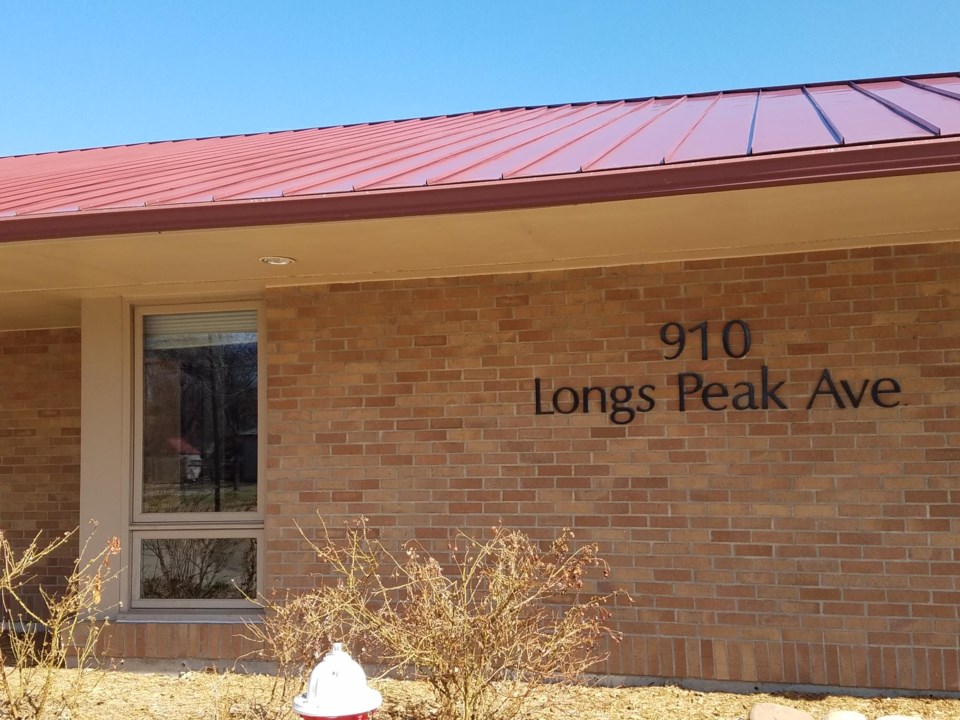This content was originally published by the Longmont Observer and is licensed under a Creative Commons license.
The Boulder County Area Agency on Aging (AAA) regularly collects research and data in order to provide information for the county’s “Age Well Strategic Plan”. This plan is updated every four years in order to understand the current and future trends of the aging population of Boulder County. The AAA just released the latest report entitled Aging in Boulder County: Past Present, Future Report as the first step in the strategic planning process.
How does this initial report provide a basis for the strategic plan?
In 2018, the Colorado Association of Area Agencies on Aging contracted with National Research Center, Inc. to conduct the Community Assessment Survey of Older Adults™ (CASOA) for each Colorado county. A total of 3,700 surveys were sent to older (over 60 years) adults in Boulder County. Around 688 surveys were completed and returned, a response rate of 18%, which is an acceptable norm for mailed paper surveys.
Boulder County’s total population is today approximately 325,000 and is estimated to increase by over 30% to 428,000 by 2050. The Boulder County population over 60 years old is 67,000 today, but is projected to increase by nearly 60% by 2050. As people are living longer, the even older population (80 years plus) will increase nearly 250% to over 40,000.
According to CASOA, the goals of the project are three-fold:
- Identify community strengths and weaknesses
- Articulate the specific needs of older adults in the community
- Develop estimates and projections of resident need in the future

Christine Vogel, AAA division manager, stresses that this report is merely the first step in the important process of ensuring that Boulder County’s older adults (which appears today to be the preferred description) have a safe and secure future and are able to fully participate in the life of the community.
The next step will involve two large events. The first is the Age Well Conference on November 7, an annual event that draws hundreds of regional professionals, academics, and advocates to learn about and discuss issues and trends in aging-related policies, services, and research. The second event is new this year, described as a Stakeholder Summit, and will take place on November 18. This strategic planning day will focus on Boulder County-specific solutions for older adults and family caregivers. “We will include key stakeholders, service partners, community leaders, and advocates in this process,” notes Vogel.
The report found that Boulder County’s older adults tend to be more physically active than the Colorado average, with 86% regularly engaging in moderate or vigorous physical activity compared to the state average of 76%. However, the leading causes of death and disability in the county are still related to chronic diseases such as cancer, heart disease, and chronic lower respiratory diseases. Overall, 83% of Boulder County’s older adults describe themselves as being in “Excellent or Good” physical health. However, the variation of health by income is significant, with only 64% of those with an income below $25,000 per year describing their health in a positive light.
Transportation is always a hot topic in Boulder County, and not just for older adults. While seniors in Colorado as a whole rate the ease of getting to the places they normally visit as “poor or fair,” 34% of the time, the figure for Boulder County is much lower, at 25%. However, when looking only at public transportation, 60% of older county adults describe it as only “poor or fair”, and driving alone is by far the most common mode of transportation, with 81% using it at least once a week.
The risk of older adults feeling lonely or isolated is often discussed and researchers for the UK based charity Independent Age have predicted that loneliness everywhere will reach worrying proportions by 2030, unless action is taken.
With nearly 30% of Boulder County’s older adults living alone, the prospect of social isolation for many of them increases. When asked about the availability of interesting activities or social events nearly 40% responded that they found it was “at least a minor problem”, a figure that has increased from the last two Age Well surveys. On the brighter side, over three quarters rated the availability of services at the Longmont Senior Center as “excellent or good.”

The report also studied the differences between the mountain/rural region of the county to the west and the plains/foothills to the east.
One of the main distinguishing factors between these two regions is service access and availability, due to variable terrain, natural and open spaces, and low density of housing. Because of this, challenges experienced in the Front Range can be felt more acutely in the mountains. While less than 1% of the county’s population resides in mountain communities, more of the older adult population live alone, have a disability, are veterans, and describe transportation difficulties as a problem.
Other county minorities also report higher than normal difficulties than the average older adult population. While non-white older adults currently make up around 10% of the older population, this will inevitably increase in the coming decades, with language difficulties in the Hispanic community continuing to result in transportation and social services access impediments. Similarly, older LGBTQ adults can experience more community isolation if they are uncommunicative about their sexual orientation, which increases many of the general difficulties experienced by the older County generation as a whole.
Perhaps the two of the more important issues raised in the report are the status of care-giving and the cost of long-term care.
While we tend to think of in-home caregivers for older adults to be younger persons, twenty-five percent of Boulder County older adults (60+) are providing an average of 9.1 hours of care per week to another older adult. Over the next 30 years, Boulder County expects that the number of people requiring care will increase beyond the number of people providing care (especially people in the 45-64 year old range), leaving a gap. This will increase the pressure on in-home carers, nearly 50% of whom already feel emotionally and physically burdened, according to the report.
Whether long term care (LTC) for older adults takes place in the home or in a specialized facility, the world’s population is aging at a faster rate than ever before and people are living longer. Every day until 2030, 10,000 Baby Boomers a day will turn 65 and it is estimated that 7 out of 10 people will require long term care in their lifetime.
Using statistics encompassing the whole of the state collected annually by the LTC insurance industry, the annual average cost of 20 hours per week of in-home care is currently at just under $20,000 and will rise to over $47,000 by 2050. Nursing Home care in a private room now costs in the region of $100,000 per year and is projected to rise to over $250,000 per year by mid-century.

The report clearly describes the highs and lows of Aging in Boulder County, with some, like transportation or improving online access to county services, that can be directly addressed at the local level. Meanwhile, long term care or Medicaid payment restrictions are areas that will require creative thinking to addressed at the local level.
Christine Vogel says that those who work with older adults see the Stakeholder Summit on November 18 as an opportunity for re-imagining aging and working together toward inclusive and innovative approaches in making our communities more age-friendly. The renewed planning process will draw attention to the challenges, identify the ways local groups and organizations are creating age-friendly solutions, and working together towards this ‘older’ future. She says that AAA must “move forward as things evolve.”
What does she hope will be the key result of the 18th November summit? She intends it to not merely clarify issues on aging in Boulder County, but for every participant, whether an individual or agency, to be able to say “Here’s what I can do”.
For more information on aging in Boulder County, go to www.allagewell.com , and to view the report go to the Area Agency on Aging website at www.bouldercounty.org/departments/community-services/area-agency-aging/

.jpg;w=120;h=80;mode=crop)
